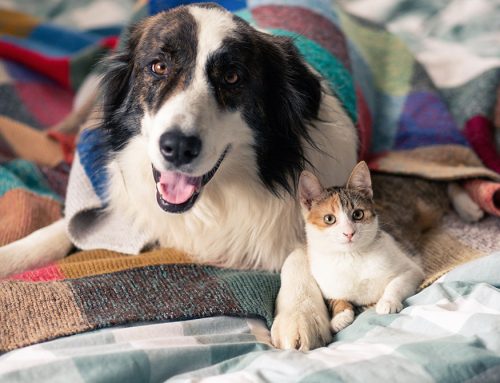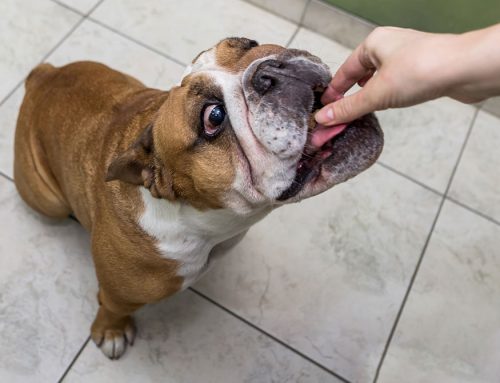As pet owners, we all want the best for our furry friends. So when you find a lump on your dog or cat, it’s natural to feel a little concerned. But don’t panic just yet! Many lumps are harmless, while others may require a closer look to determine what’s going on beneath the surface. This is where cytology comes into play.
What is Cytology?
Cytology is a fancy term for studying cells under a microscope. When a lump shows up on your pet, I might suggest a cytology test to analyze the cells from the lump and figure out more information about this lump – some cancerous cells are really good at getting into the sample and we can make plans. It is a simple, non-invasive way to start.
Why Does Cytology Matter?
Finding a lump doesn’t always mean something serious. Many lumps in pets are benign, like fatty tumors (lipomas), which are common in older dogs and cats. However, some lumps may be cancerous, so it’s important to have them evaluated. Cytology helps us determine the nature of the lump – some will require monitoring, others removal vs wide removal.
How Does the Cytology Test Work?
The process is pretty simple and typically involves using a vaccine sized needle to aspirate (or draw out) cells from the lump. It’s a fast procedure, often done the same day and most pets don’t notice (depending on the tenderness). The sample is then sent to a lab, where a pathologist examines the cells under a microscope to look for signs of infection, inflammation, or cancer.
What Happens After the Cytology Test?
Once the cytology results come back, I will review the findings. The results will then be sent directly to you, and we will make recommendations for the next steps depending on what the combination of the physical exam and the lump show us. If the lump is benign (like a harmless fatty tumor), we might recommend just keeping an eye on it for any changes. However, if the results show potential for cancer or another concerning issue, we will make pet specific recommendations.
When Should You Get That Lump Checked?
It’s always best to err on the side of caution and have any new or changing lumps checked by a veterinarian, especially if they’re growing, changing shape, or causing discomfort to your pet. Early detection is key when it comes to many health conditions, and catching potential issues early can often lead to better outcomes.
Final Thoughts
If you’ve noticed a lump on your dog or cat, don’t wait to get it checked out. Cytology is a straightforward and helpful diagnostic tool that can give you peace of mind and ensure that your pet stays healthy. Always reach out to us if you have any concerns, and remember, catching issues early makes decisions and sometimes removal easier.
Have you recently found a lump on your pet? Don’t hesitate to schedule an appointment with Dr. Cooper to get it checked out.








Leave A Comment